Carrying a Totem
Scripture Reading
5 The heads of the families of Judah and Benjamin, and the priests and the Levites—everyone whose spirit God had stirred—got ready to go up and rebuild the house of the Lord in Jerusalem. 6 All their neighbors aided them with silver vessels, with gold, with goods, with animals, and with valuable gifts, besides all that was freely offered. 7 King Cyrus himself brought out the vessels of the house of the Lord that Nebuchadnezzar had carried away from Jerusalem and placed in the house of his gods. 8 King Cyrus of Persia had them released into the charge of Mithredath the treasurer, who counted them out to Sheshbazzar the prince of Judah. 9 And this was the inventory: gold basins, thirty; silver basins, one thousand; knives,[a] twenty-nine; 10 gold bowls, thirty; other silver bowls, four hundred ten; other vessels, one thousand; 11 the total of the gold and silver vessels was five thousand four hundred. All these Sheshbazzar brought up, when the exiles were brought up from Babylonia to Jerusalem.
Devotion
Merriam-Webster defines “totem” as something that serves as an emblem or revered symbol.”
I have a totem.
It’s a rosary made by the Mixtec tribe of Vicente Guerrero, Baja California, Mexico. Cut squares of abalone shell and round glass beads descend to a simple, silver crucifix, and hangs from the rearview mirror in my car.
My totem serves as a link to my biological Latina heritage. I was adopted by the greatest parents ever, on August 24, 1983, 2 months, and 2 days after I was born. I was loved into who I am today, and yet, there is still a piece of me that feels incomplete if I’m not remembering that my bloodline runs part Mexican, and I love that about myself.
My totem reminds me of summers spent as a traveling Spanish language interpreter serving with mission teams in beautiful Baja California, Mexico. It speaks to me of a continual calling on my life to seek justice and encourage the oppressed.
King Cyrus’ actions reveal a similar calling: to let the oppressed go free. Not only does he release the captives to rebuild their temple, but he releases to them the items taken from the temple during Nebuchadnezzar’s reign.
These totems represent a rich faith tradition and a history of rising above; they represent a calling upon these people of God.
These emblems of faith lived out hold the history and ancestry of a chosen people. Years of worship lifted to God, holy prayers in ordinary and festival time echo throughout the empty walls of beautiful containers housing the everyday living of life and faith until their lives were torn apart.
They are objects, yes, but familiar ones with deep stories and meaning attached. And the joy in the air is palpable as they look upon these holy emblems. With tears in their eyes and trembling hands, the recovering exiles find a glimpse of joy in this happy restoration of treasures to their rightful guardians.
These gold and silver vessels, carrying the stories of pain and exile are repurposed, in freedom, to now hold their tears of joy.
Exercise:
Do you have a totem, or do you carry with you memories of a difficult time and the ways in which God spoke to you in that time? What meaning do these experiences hold for you? How do you feel looking back on them now?
*This is an edited version of a devotion previously published in Reflections *
Sara Robb-Scott, Pastor for Senior Adults and Pastoral Care, First Baptist Church of Decatur

